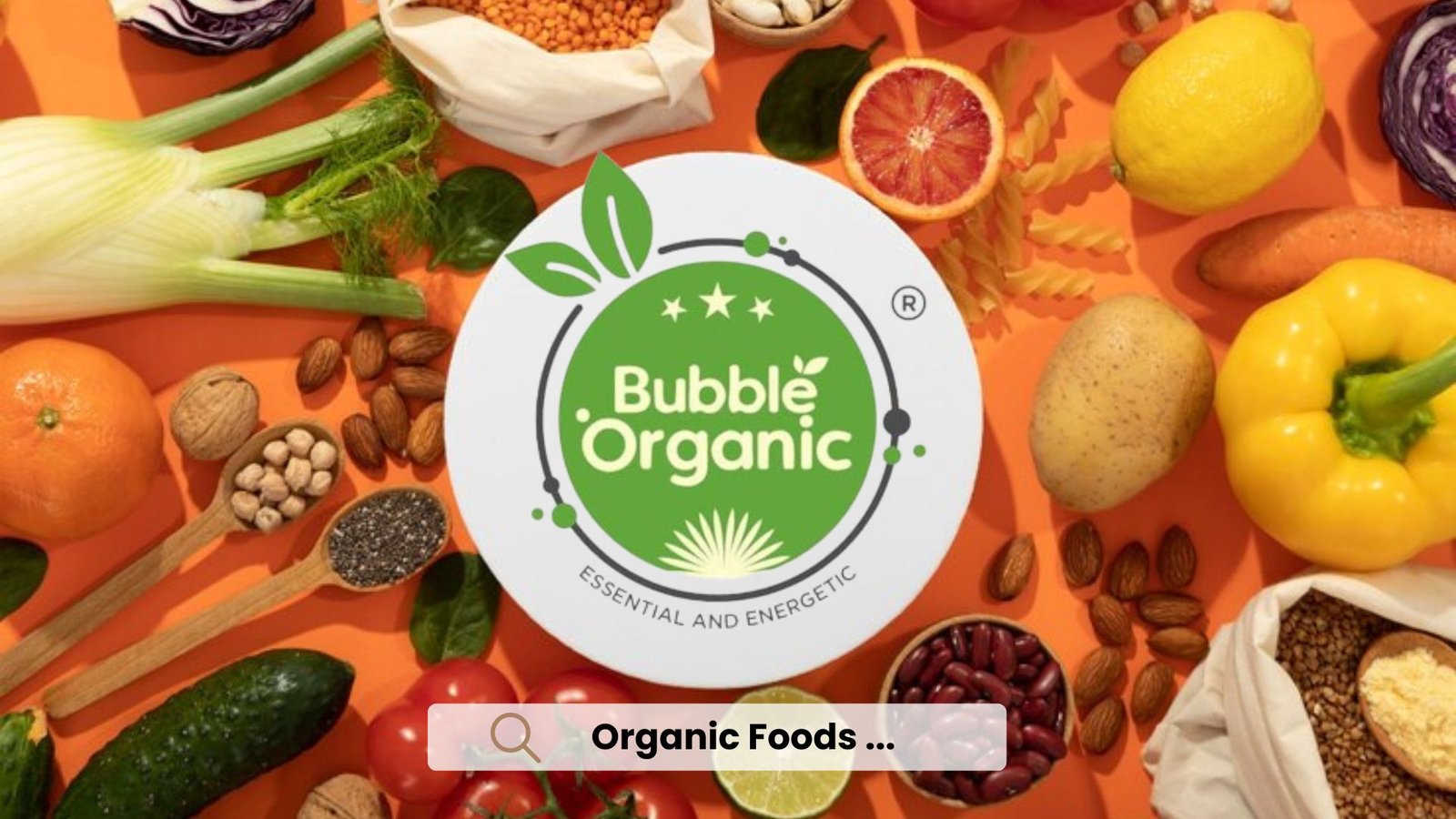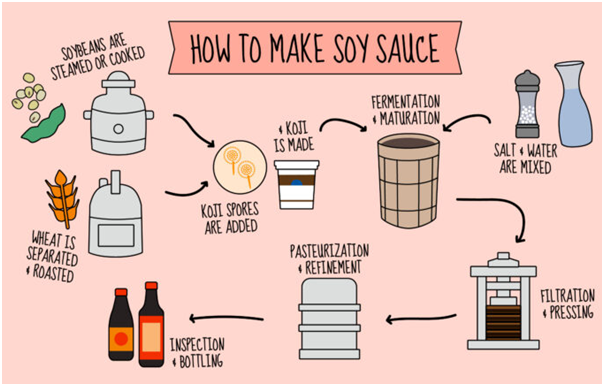
Salt in Fermentation: Plant-Based Starters, Whey, and Brine
Fermentation plays a vital role in preserving food and enhancing flavors in various cultures. Historically, salt has been the main ingredient used in fermentation, especially for vegetables, dairy, and meats. Yet, growing health concerns about excessive sodium consumption, along with a rising interest in plant-based and low-sodium diets, have led to a search for alternative fermentation techniques. Substitutes for salt in the fermentation process: plant-based starters, whey, and brine, analyzing their effectiveness, advantages, and possible uses.
Plant-based starters, sourced from the natural microbial communities found on fruits, vegetables, and grains, present a promising alternative to salt in the fermentation process. These starters utilize the native microbiota to kickstart and maintain fermentation, encouraging the growth of beneficial lactic acid bacteria (LAB) without the addition of sodium. Research indicates that products made with plant-based starters can achieve similar or even superior sensory qualities, including flavor, texture, and nutritional benefits, when compared to traditionally salted fermented items.
Moreover, the adoption of plant-based starters aligns with the increasing consumer interest in plant-based and clean-label options. These starters are often viewed as more natural and less processed, making them attractive to health-conscious shoppers. They also have the potential to create distinctive regional flavors, as the microbial communities differ based on the source materials and environmental factors.
Nonetheless, there are challenges in standardizing plant-based starter cultures to guarantee consistent fermentation results. Variations in microbial populations, affected by seasonal shifts and farming practices, can result in unpredictable fermentation outcomes. Additionally, the lack of salt may influence the texture and shelf-life of the fermented products, highlighting the need for further research to refine these aspects.
Whey, the liquid byproduct generated during cheese and yogurt production, has emerged as a promising medium for fermentation due to its abundant nutrients, including lactose, proteins, and minerals. By incorporating whey into fermentation processes, we can minimize waste and offer a sustainable alternative to traditional salt. Studies show that whey can promote the growth of lactic acid bacteria (LAB) and other beneficial microorganisms, aiding in the fermentation of various substrates like vegetables and grains.
Using whey in fermentation not only boosts microbial activity but also adds a unique flavor to the final products. The proteins and peptides found in whey can enhance umami and savory flavors, enriching the overall sensory experience of fermented foods. Additionally, fermentation with whey can elevate the nutritional value of the products, making proteins and minerals more accessible.
However, the high lactose levels in whey may create difficulties for those who are lactose intolerant. Furthermore, the composition of whey can vary based on factors such as the type of milk used and the processing techniques applied, which can influence the consistency of fermentation results. Therefore, optimizing fermentation processes that utilize whey requires careful attention to these variables to ensure the quality and safety of the final products.
Brine, a mixture of water and salt, is commonly utilized in fermentation to create an oxygen-free environment that encourages the growth of lactic acid bacteria (LAB). By lowering the salt concentration in brine, it is possible to reduce health risks linked to excessive sodium intake while still facilitating fermentation. Research has shown that low-salt brines can successfully enhance vegetable fermentation, resulting in products that maintain good sensory qualities and have a longer shelf life.
Using low-salt brines in the fermentation process also brings environmental advantages, as it decreases the amount of salt that enters the ecosystem through wastewater disposal. This method supports sustainable food production and helps minimize the environmental pollution caused by high-salt waste.
However, reducing the salt content in brine may necessitate changes in fermentation conditions, such as adjusting temperature and duration, to offset the lower osmotic pressure and antimicrobial properties. Furthermore, the sensory attributes of the final fermented products might be affected by the reduced salt levels, making it essential to conduct consumer acceptance studies to ensure these products are market-ready.
The Challenges of Low-Salt or Salt-Free Fermentation:
Fermentation is a traditional technique used for preserving food and enhancing its flavor, which has typically depended on sodium chloride (NaCl) to prevent the growth of harmful microbes and to create appealing sensory qualities in various food items. However, the global focus on reducing sodium consumption has led both consumers and manufacturers to explore low-salt or salt-free options in fermented foods. While this shift is advantageous for health, it brings several challenges that can affect the safety, quality, and acceptance of these products among consumers.
Salt is essential for managing the microbial environment during fermentation, as it inhibits the growth of spoilage organisms and pathogens. Reducing or removing salt can disrupt this balance, potentially allowing harmful bacteria to thrive. This change not only poses health risks but also jeopardizes the shelf life of fermented goods. Research has shown that decreasing salt levels in these foods can lead to higher counts of undesirable microorganisms, thus compromising safety and quality.
In addition to its preservative properties, salt also affects the chemical conditions during fermentation. Lowering salt concentrations can change the pathways for producing certain metabolites, which may result in the creation of harmful substances. For example, insufficient salt can interfere with the fermentation process, leading to the production of toxic compounds that would normally be controlled under standard salinity levels. This highlights the importance of careful formulation and process management when creating low-sodium fermented foods to ensure they are safe for consumers.
Moreover, the sensory qualities of fermented foods such as flavor, texture, and mouth feel are greatly impacted by salt. It enhances flavor perception and contributes to the appealing firmness of these products.
Lowering the salt content can frequently result in a lack of flavor, leading to a less salty taste and an uneven overall flavor profile. Additionally, the texture might suffer, causing products to become unappealingly soft or mushy. These sensory issues can negatively impact how consumers perceive the product and its marketability.
Salt impacts not just the microbial and sensory characteristics of food but is also crucial in the technological processes of fermentation. It influences water activity, protein interactions, and the overall flow properties of food structures. Cutting back on salt can create processing issues, making it harder to achieve the desired consistency, texture, and fermentation rates. For instance, in bread production, using less salt has been linked to decreased yeast activity, which can result in insufficient leavening and a smaller loaf volume.
Strategies for Tackling Challenges:
Confronting the issues related to low-salt or salt-free fermentation requires a comprehensive strategy:
Microbial Starter Cultures: Implementing specific strains of lactic acid bacteria (LAB) that thrive in low-salt environments can help ensure microbial stability and product safety. These cultures can effectively outcompete harmful microbes, thus lowering the risks linked to reduced salt levels.
Alternative Salts and Salt Replacers: Investigating the use of potassium chloride (KCl), calcium chloride (CaCl₂), or magnesium chloride (MgCl₂) as partial alternatives to NaCl can offer potential advantages. However, it is crucial to assess how these substitutes affect flavor, texture, and consumer preferences.
Process Optimization: Modifying fermentation conditions, such as temperature, pH, and duration, can alleviate some adverse effects of salt reduction. For example, fine-tuning these parameters may promote the growth of beneficial microbes and enhance the sensory attributes of the final product.
Use of Fermentation Aids: Adding ingredients like whey, plant-based starters, or controlled brining methods can foster microbial growth and flavor enhancement in low-salt fermentations. These aids can supply vital nutrients and create optimal conditions for beneficial microbes.
How to Achieve Successful Fermentation Without Excessive Salt
Fermentation plays a crucial role in preserving food, enhancing flavors, and boosting nutritional value. Traditionally, salt has been a key component in this process due to its ability to inhibit harmful bacteria and contribute to flavor development. However, as more people become aware of the health risks linked to high sodium consumption, there is a rising interest in fermentation techniques that reduce or eliminate the need for excessive salt. This transition requires a thorough understanding of the challenges and strategies necessary to ensure successful fermentation while maintaining food safety, quality, and consumer appeal.
Microbial Dynamics in Low-Salt Fermentation
Salt is vital in shaping the microbial landscape during fermentation. It helps prevent the growth of spoilage organisms and pathogens, allowing beneficial lactic acid bacteria (LAB) to thrive. Lowering salt levels can upset this balance, potentially leading to the growth of unwanted microorganisms.
For example, research indicates that in fermented cucumbers, reduced salt levels made them more prone to spoilage, even with a pH as low as 3.2. This underscores the fragile balance between salt concentration and microbial competition, where inadequate salt can jeopardize the safety and stability of the final product.
To address these challenges, it is important to implement strategies that encourage the growth of beneficial LAB while inhibiting harmful microbes. One effective approach is to use starter cultures, which are specific LAB strains added at the start of fermentation to outcompete undesirable organisms. Additionally, managing fermentation conditions such as temperature, pH, and oxygen levels can further shape microbial dynamics, promoting the growth of beneficial LAB and improving the overall fermentation process.
Flavor and Sensory Insights
Salt plays a crucial role in shaping the flavor of fermented foods, contributing not just saltiness but also enhancing other taste elements and affecting texture. Lowering the salt content can result in flavor shortcomings, making it difficult to achieve the intended sensory qualities in the final product. For instance, when making fermented hot sauces, using less salt can create a bolder flavor, but this stronger taste may not always match consumer preferences, particularly if it disrupts the overall balance of flavors.
To tackle these issues, it's essential to investigate alternative ingredients and fermentation methods that can make up for the decrease in salt. For example, adding naturally flavorful components like garlic, ginger, or fermented fruits can boost the taste profile. Additionally, tweaking fermentation conditions—such as increasing the fermentation duration or adjusting the temperature—can affect flavor development, potentially resulting in more intricate and appealing taste characteristics.
Technological and Processing Challenges
Salt plays a crucial role in various technological aspects of fermentation, impacting water activity, enzyme function, and the overall food matrix structure. Lowering salt levels can change these factors, which may lead to alterations in texture, consistency, and the overall quality of the fermented product. For instance, in the production of fermented vegetables, reduced salt concentrations can result in undesirable changes in texture, such as increased softness or mushiness, which may not be appealing to consumers or processors alike.
To address these technological hurdles, it is essential to optimize fermentation processes through diligent monitoring and control. This involves choosing suitable starter cultures, adjusting fermentation conditions to promote the growth of beneficial lactic acid bacteria (LAB), and utilizing methods like controlled atmosphere packaging to preserve product quality.
Furthermore, exploring alternative preservation techniques, such as high-pressure processing or modified atmosphere packaging, can help prolong shelf life while ensuring the safety and quality of low-salt fermented products.
Health and Nutritional Considerations
A key reason for lowering salt in fermentation is the health advantages tied to reduced sodium intake. High sodium consumption is associated with several health problems, including high blood pressure and heart disease. Thus, creating low-salt or salt-free fermented products supports public health guidelines and meets the growing consumer demand for healthier food choices.
Moreover, reducing sodium in fermentation can improve the nutritional quality of these foods. Research indicates that using low-salt fermentation techniques in soy sauce production can result in higher concentrations of beneficial compounds, such as amino acids and antioxidants, which enhance the overall nutritional benefits of the final product.
The Role of Salt in Traditional Fermented Foods Across Cultures
Salt has played a crucial role in the creation of traditional fermented foods across different cultures, fulfilling various functions such as preservation, flavor enhancement, and the management of microbial activity. Its impact is significant and diverse, evident in everything from the umami-packed soy sauce of East Asia to the zesty kick of Korean kimchi and the refreshing tartness of pickles.
The Multifaceted Role of Salt in Fermentation
When it comes to food preservation, salt works through several key processes:
Reduction of Water Activity: Salt extracts moisture from food, creating conditions that deter the growth of spoilage microorganisms.
Microbial Control: By applying osmotic pressure on cells, salt limits the growth of harmful bacteria and molds while encouraging the development of beneficial lactic acid bacteria (LAB) that are vital for fermentation.
Flavor Enhancement: Beyond adding its unique taste, salt enriches the overall flavor profile of fermented foods, adding complexity and depth to their taste.
Soy Sauce: An Exploration of Salt's Functions in Preservation and Flavor Enhancement
Soy sauce is a fundamental element in East Asian cooking, showcasing the important role of salt in the fermentation process. It all starts with fermenting soybeans and wheat, where microorganisms like Aspergillumsoryzae break down proteins and starches. After this initial stage, salt is added to the mixture, which serves several purposes:
• Preventing Spoilage: The high salt concentration creates an environment that deters spoilage-causing microbes, ensuring the product remains safe and has a longer shelf life.
• Enhancing Flavor: Salt helps extract amino acids and peptides, which contribute to the sauce's deep umami taste.
The type of salt used can also affect the flavor profile of soy sauce. For example, using mineral-rich sea salt can lead to soy sauce with unique taste characteristics due to the various minerals it contains.
Kimchi: The Importance of Salt in Microbial Selection and Flavor Development
Kimchi, a staple in Korean cuisine, relies significantly on salt for its fermentation:
• Microbial Selection: The level of salt affects the types of microbes that thrive, promoting lactic acid bacteria (LAB) such as Leuconostocmesenteroides and Lactobacillus sakei, which are essential for fermentation.
• Flavor Development: The metabolic processes of these LABS produce lactic acid and other compounds, giving kimchi its signature sour and complex flavor.
Research has shown that different types and amounts of salt can greatly change the microbial makeup and metabolite profiles of kimchi, impacting its taste and quality. For instance, using solar salt, which contains minerals like magnesium and calcium, can encourage the growth of specific LAB strains, resulting in kimchiwith distinctive flavor traits.
Pickles: The Role of Salt in Texture, Safety, and Flavor
Pickling is a technique employed to keep a variety of vegetables fresh by immersing them in brine or vinegar solutions.
Texture Preservation: Salt enhances the pectin in the cell walls of plants, helping to maintain their crispness and structure.
Safety Assurance: The presence of salt in brine creates an environment that inhibits the growth of harmful bacteria, ensuring that the fermented product remains safe for consumption.
Flavor Enhancement: In addition to imparting its distinct taste, salt elevates the overall flavor profile of fermented foods, contributing richness and intricacy to their taste.
The type of salt used, whether it’s refined salt or mineral-rich sea salt, can affect the final flavor and quality of pickles. Mineral-rich salts may introduce subtle flavor nuances, while refined salts offer a pure and simple saltiness.
Health Implications and Cultural Significance
While salt plays a vital role in the fermentation and preservation of these foods, it is also a source of sodium, which can pose health risks like hypertension if consumed in excess. Thus, it’s important to understand salt's role in fermentation to strike a balance between tradition and modern health needs. Culturally, these fermented foods represent more than just nourishment; they carry a rich history, tradition, and identity, showcasing the agricultural methods, climate, and flavors of their regions.
The Health Implications of Salt in Fermentation
How Salt Intake from Fermented Foods Influences Human Health
For centuries, salt has been a vital component in food fermentation, enhancing flavor, aiding preservation, and enriching the nutritional value of these products. However, with growing global health concerns regarding sodium consumption, the impact of salt in fermented foods is receiving more attention.
0While salt is crucial for fermentation, its effects on human health can be both beneficial and detrimental, largely influenced by the type of food, the quantity consumed, and the overall dietary context. This discussion delves into how salt intake from fermented foods i





